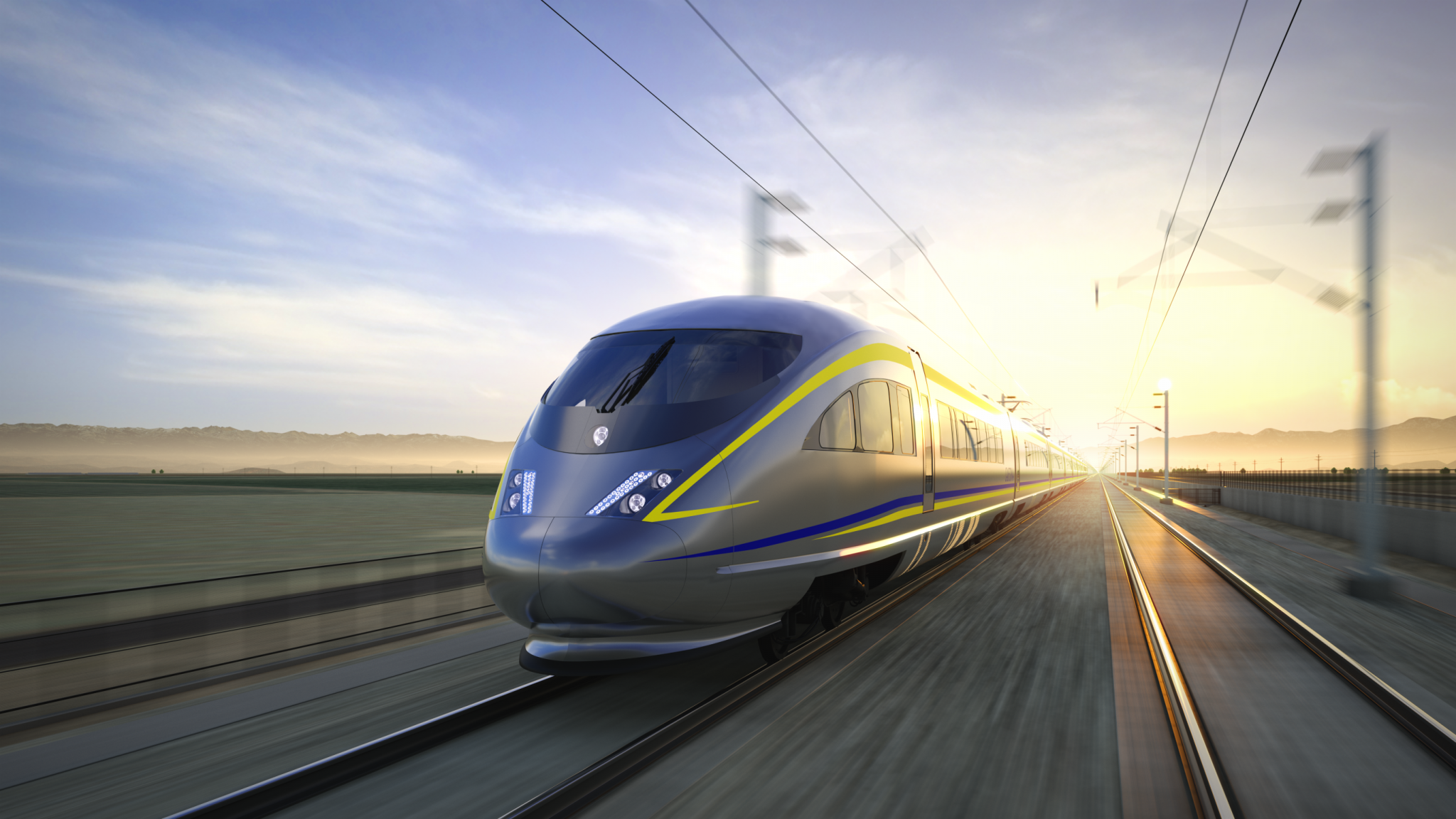As part of the California High-Speed Rail Authority’s (CHSRA’s) groundbreaking project to build the first high-speed rail (HSR) system in the United States, the CHSRA board engaged an Early Train Operator (ETO) to perform a side-by-side (SBS) study. The ETO’s primary function was to advance the HSR system toward commercial operation. The ETO’s SBS focused on three stand-alone services:
- The Central Valley Segment (CVS) connecting Merced and Bakersfield.
- The Northern California (NorCal) corridor in the Bay Area.
- The Southern California (SoCal) corridor connecting the Los Angeles Region.
The goal of this SBS study was to assess the potential service, ridership, revenue, and other benefits associated with these HSR corridors. Ultimately, these insights will provide CHSRA with the information it needs to best allocate the appropriated $4.8 billion in HSR funding, ensuring each service can carry more riders while delivering as many environmental, economic, and mobility benefits to the state and region as possible.
The Challenge
In May 2019, CHSRA tasked the ETO Team to perform an SBS study, which they delivered in February 2020. This report included findings from an accompanying KPMG study and reaffirmed the original recommendation to invest in the CVS corridor. However, after reviewing the SBS and KPMG reports, California’s Legislature requested additional analysis of the plausibility of the ridership forecasts contained therein.
The primary objective of this analytical peer review was to assess whether the CVS corridor was the best corridor to fund. Despite the fact that the Central Valley had already started construction on HSR infrastructure, CHSRA and the Legislature wanted to ensure that their investments would not better serve the SoCal or NorCal corridors based on rider forecasts and other models. To accomplish this goal, RSG was tapped for our advanced transportation forecasting services.
RSG's Solution
RSG produced a high-level peer review of the ETO Team’s findings to investigate whether the ridership study was conducted properly and if the results were reasonable. The primary task was to evaluate the inputs and outputs of the ETO Team’s models using the data provided in their report documentation to produce an independent analysis. Additionally, this peer review sought to verify how many riders the HSR system would convert from using other modes—versus those who would have used the railway regardless.
Using existing reports and information, RSG also conducted a benchmarking review, comparing SBS ridership forecasts with other project examples from the United States and Europe. While finding analogous examples proved challenging, RSG located comparisons — all of which demonstrated the complexity, long timeframes, and fragmented construction associated with HSR projects.
Concluding the study, RSG found no fatal flaws in the ETO Team’s modeling work, indicating that the results of the initial SBS study were reasonable. Moreover, this independent analysis confirmed that the CVS corridor has the highest potential for ridership gains at the lowest increase in cost. While there is a remaining risk that demand for HSR services may not materialize in the Central Valley, this region has a larger margin for error compared to the NorCal and SoCal corridors. Ultimately, RSG’s peer review corroborated the original CHSRA recommendation to move forward with funding for the CVS corridor. Insights from our team’s independent analyses will prove invaluable as organizations like CHSRA continue to build important infrastructure to reshape the way we travel.
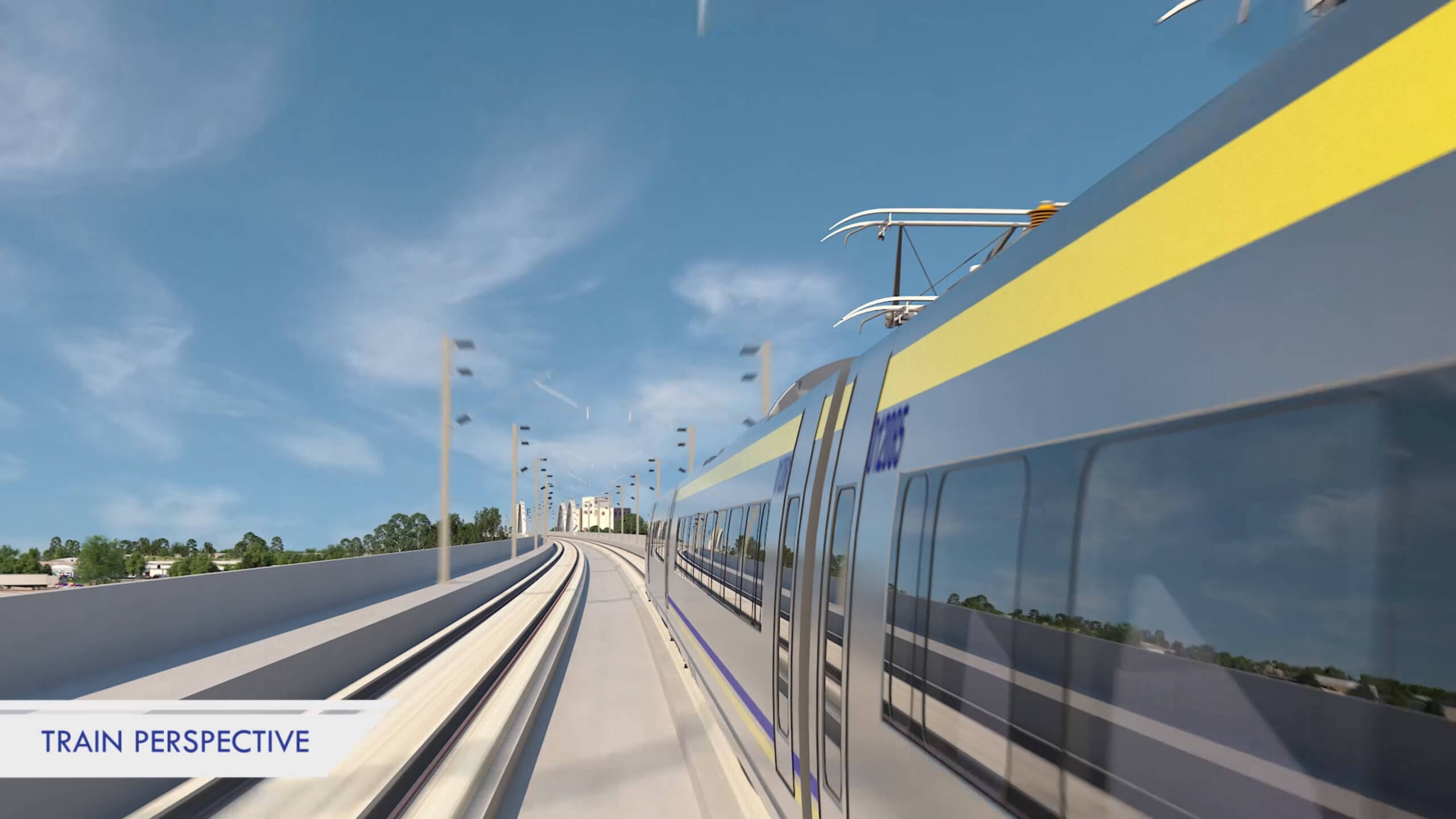
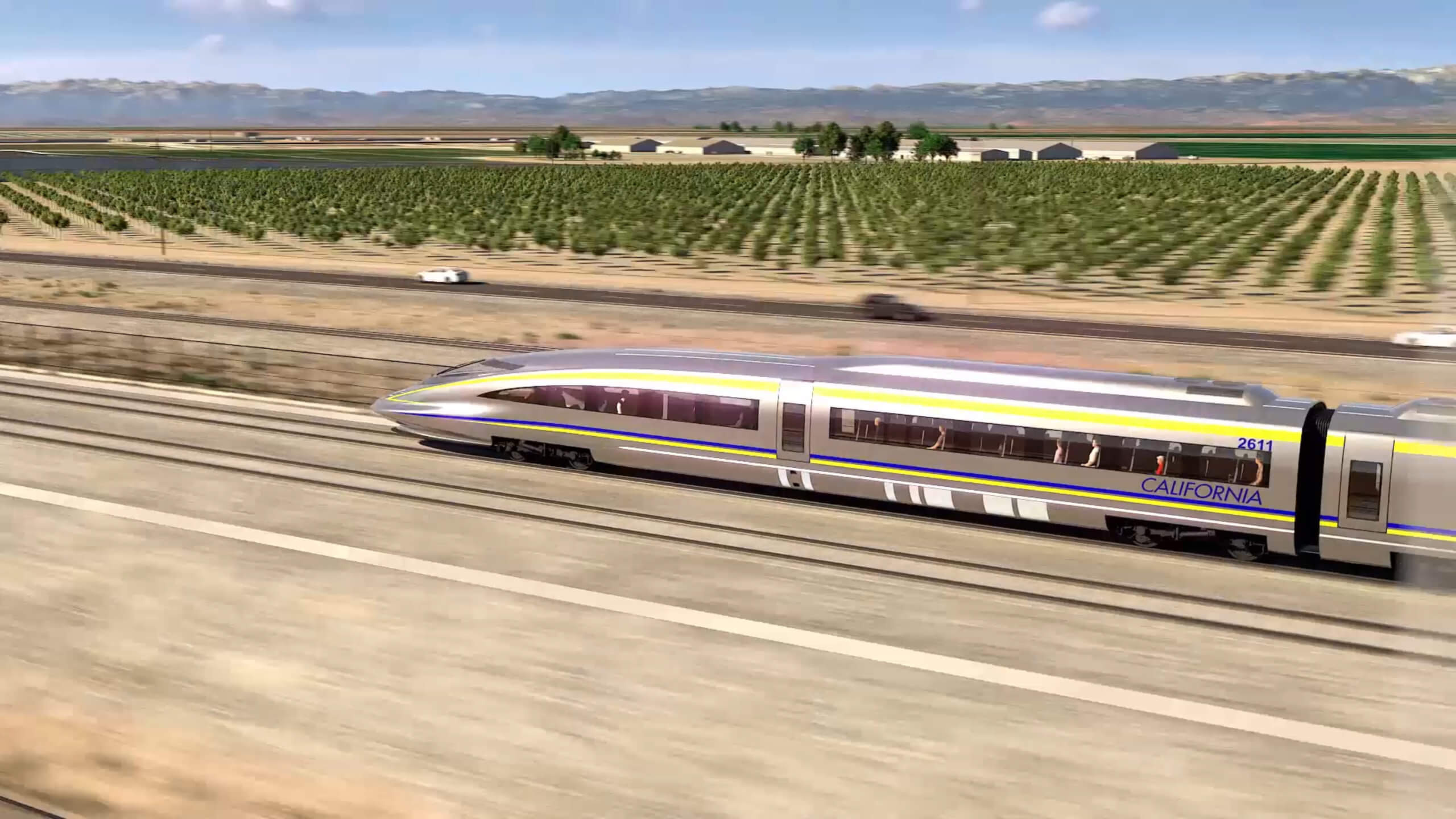
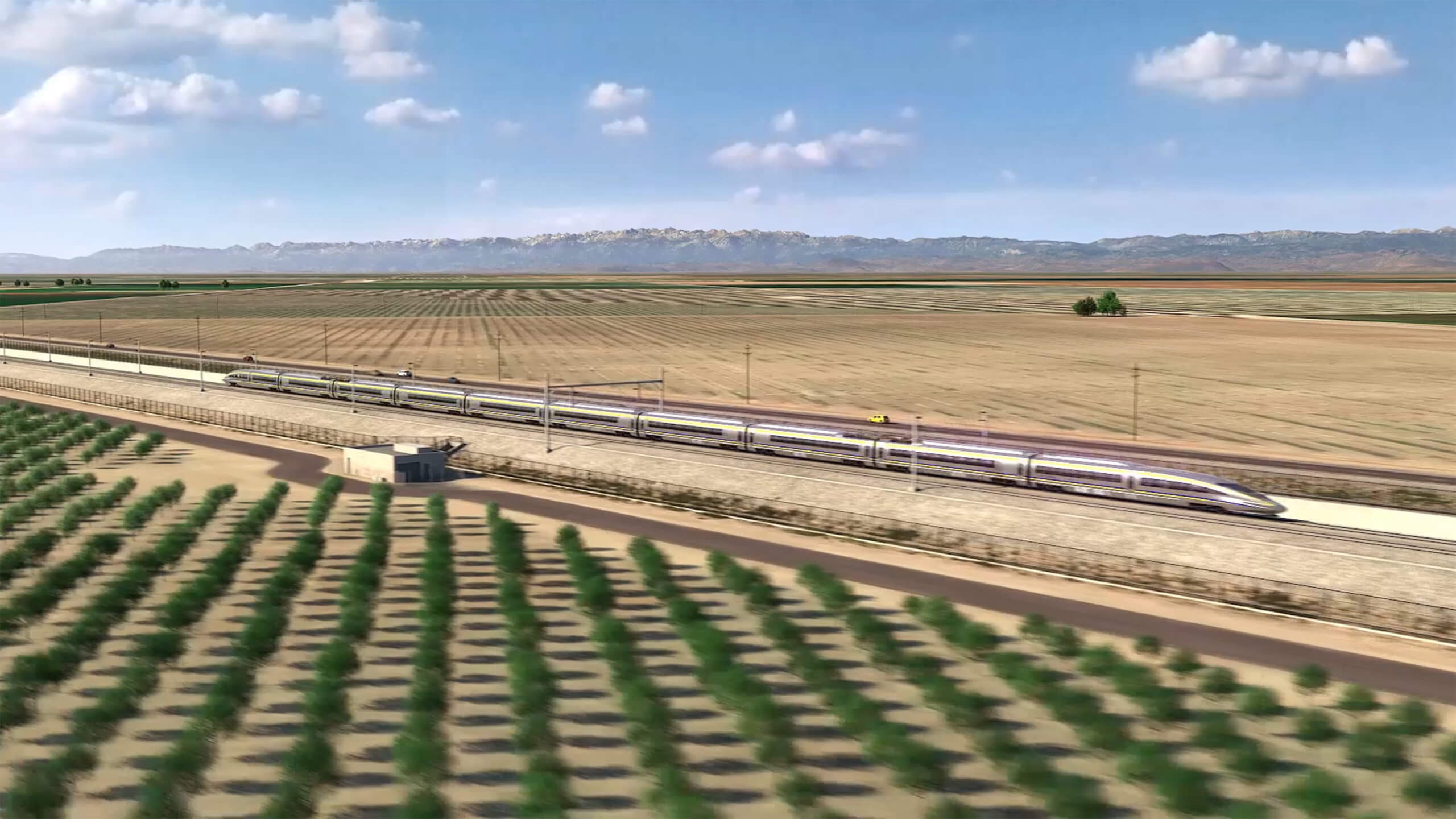
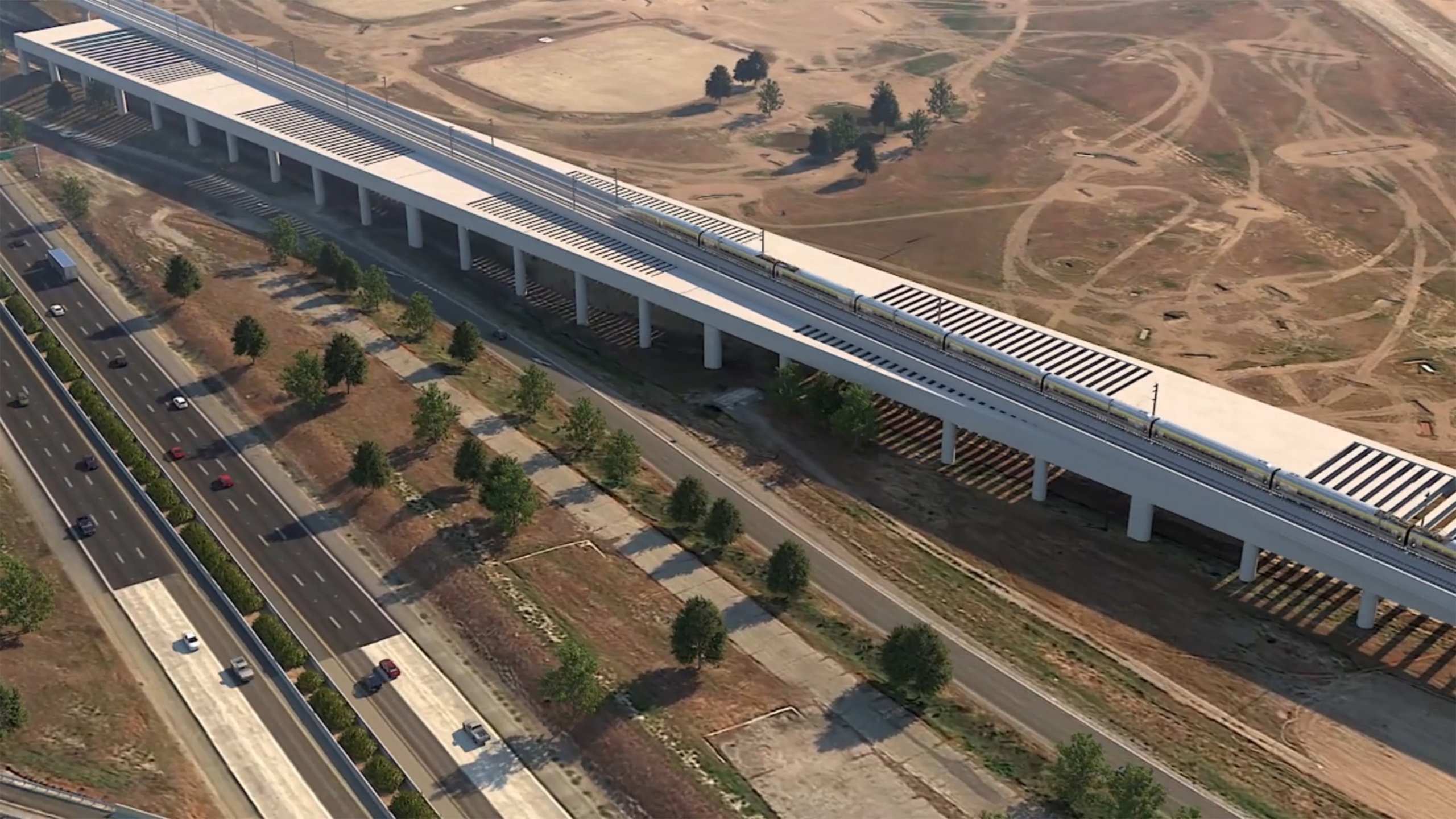
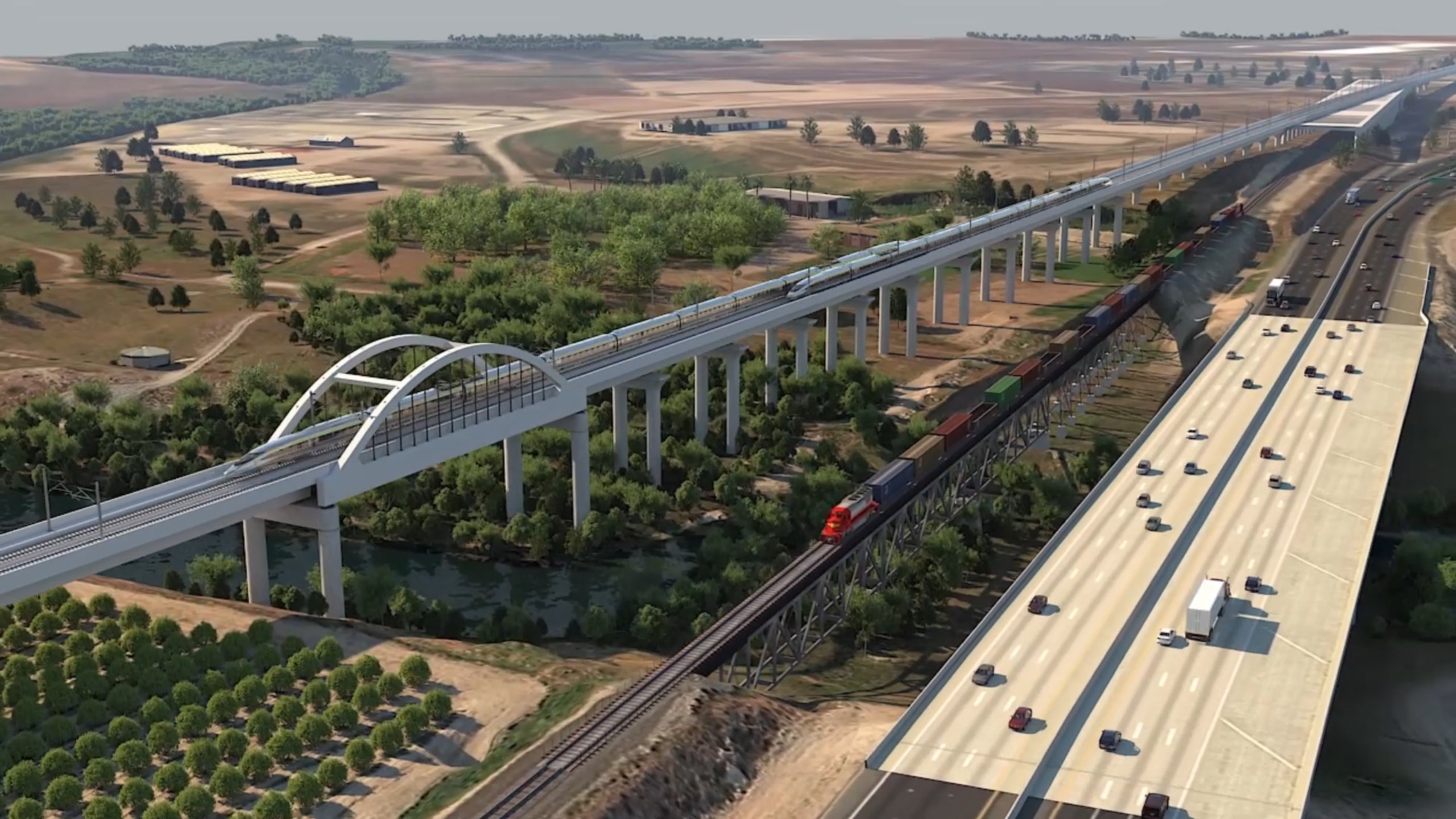
Download PDF
Can we stay connected?
Sign up for RSG emails to keep up with our news & insights.

